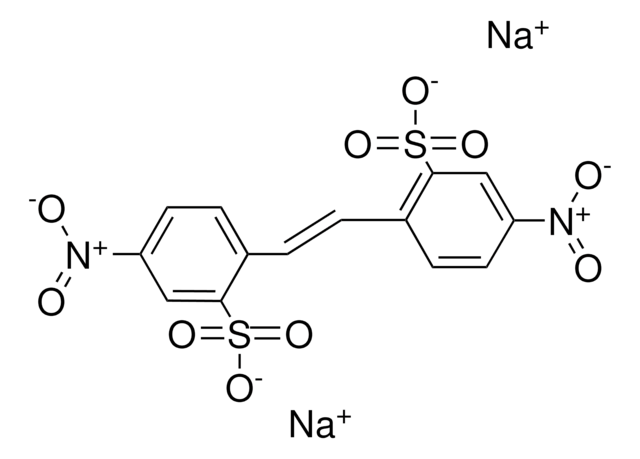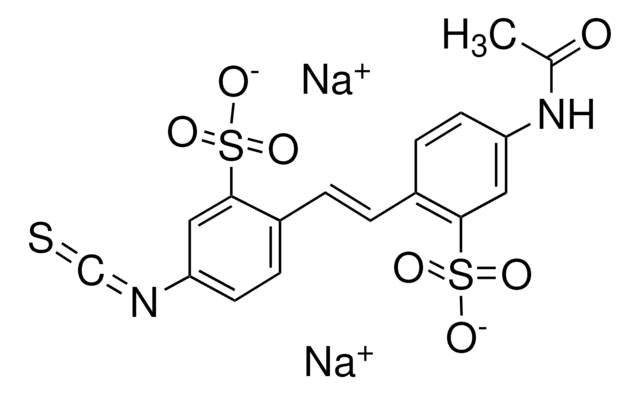Unfortunately, this product has not been studied to determine reversibility. An older publication (see link #1) suggests that both reversible and irreversible binding occurs, while a more recent paper (see link #2) suggests that the process is irreversible. A further study of the literature would be recommended.
Publication #1:
https://link.springer.com/article/10.1007/BF01868957
Publication #2:
https://www.nature.com/articles/cddiscovery201537












